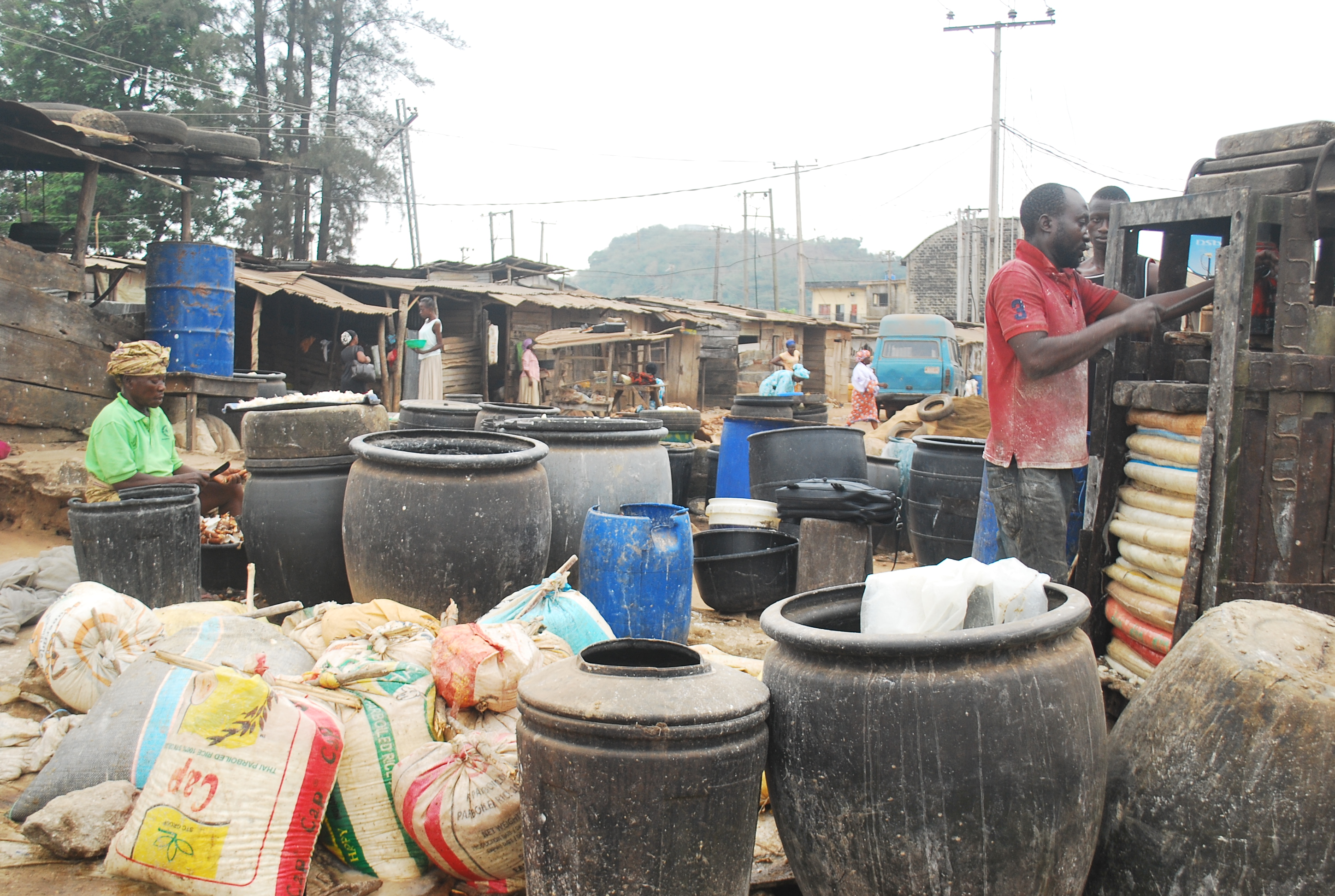|
Mária Filep
Mária Filep is a Hungarian architect and main organizer of the Pan-European Picnic. Early life Mária Filep was born in Debrecen in 1953. She completed her degree in architecture at the University of Debrecen. Career She worked at the Hajdú County State Construction Company as an architectural engineer. She was the founding member of the Hungarian Democratic Forum in Debrecen, the first opposition organization in the town. The members gathered in pubs and restaurants at weekends. Pan-European Picnic The idea of a Pan-European Picnic came up at one of these gatherings on 30 June 1989 in the garden of Old Vigadó Restaurant. Subsequently Filep started organizing it with a few colleagues. She risked her job and her freedom. Even though her employers suspected something was going on they did not ask questions. At first she found little support. The Roundtable Talks of Debrecen and the Hungarian Democratic Forum (MDF) rejected her overtures as unprofessional. ... [...More Info...] [...Related Items...] OR: [Wikipedia] [Google] [Baidu] |
Pan-European Picnic
The Pan-European Picnic (; ; ; ) was a peace demonstration held on the Austro- Hungarian border near Sopron, Hungary on 19 August 1989. The opening of the border gate between Austria and Hungary at the Pan-European Picnic was an event in the chain reaction, at the end of which Germany reunified, the Iron Curtain fell apart, and the Eastern Bloc disintegrated. The communist governments and the Warsaw Pact subsequently dissolved, ending the Cold War. The idea of opening the border at a ceremony and testing the Soviet Union's response came from Ferenc Mészáros of the Hungarian Democratic Forum (MDF) and Otto von Habsburg, then the President of the Paneuropean Union. The idea was brought up by them to Miklós Németh, then the Hungarian Prime Minister, who also promoted the idea.György Gyarmati, Krisztina Slachta: Das Vorspiel für die Grenzöffnung. Budapest 2014, pp 89. The Pan-European Picnic itself developed further from a meeting between Otto von Habsburg and Feren ... [...More Info...] [...Related Items...] OR: [Wikipedia] [Google] [Baidu] |
Debrecen
Debrecen ( ; ; ; ) is Hungary's cities of Hungary, second-largest city, after Budapest, the regional centre of the Northern Great Plain Regions of Hungary, region and the seat of Hajdú-Bihar County. A city with county rights, it was the largest Hungarian city in the 18th century and it is one of the Hungarian people's most important cultural centres.Antal Papp: Magyarország (Hungary), Panoráma, Budapest, 1982, , p. 860, pp. 463-477 Debrecen was also the List of historical capitals of Hungary, capital city of Hungary during the Hungarian Revolution of 1848, revolution in 1848–1849. During the revolution, the dethronement of the Habsburg dynasty was declared in the Reformed Great Church of Debrecen, Reformed Great Church. The city also served as the capital of Hungary by the end of World War II in 1944–1945. It is home to the University of Debrecen. Etymology There are at least three narratives of the origin of the city's name. The city is first documented in 1235, as ''De ... [...More Info...] [...Related Items...] OR: [Wikipedia] [Google] [Baidu] |
University Of Debrecen
The University of Debrecen ( ) is a university located in Debrecen, Hungary. It is the oldest continuously operating institution of higher education in Hungary ever since its establishment in 1538. The university has a well established programme in the English language for international students, particularly in the Medical and Engineering field, which first established education in English in 1886. There are nearly 6000 international students studying at the university. Until 2014 technical Academy Awards (Oscars) have been awarded to five former students. The university also operates an associated Basic Medicine campus in Geochang County, South Korea. History The early formation Higher education began in Debrecen with the Calvinist College of Debrecen, which was founded in 1538. Over centuries of its existence it was one of the key institutions of higher education in Hungary. In the beginning of the 20th century the college was transformed into a university, and has a st ... [...More Info...] [...Related Items...] OR: [Wikipedia] [Google] [Baidu] |
Hungarian Democratic Forum
The Hungarian Democratic Forum (, , MDF) was a centre-right political party in Hungary. It had a Hungarian nationalist, national-conservative, Christian-democratic ideology. The party was represented continuously in the National Assembly from the restoration of democracy in 1990 until 2010. It was dissolved on 8 April 2011. The MDF was the largest party on Hungary's emergence as a democratic country under the leadership of József Antall, Prime Minister between 1990 and 1993. Since then, its representation receded, with the party playing the role of junior coalition partner to Fidesz from 1998 to 2002, and in opposition otherwise. It was a member of the Centrist Democrat International and was a member of the European People's Party until 2009, when it joined the Alliance of European Conservatives and Reformists. The MDF's first MEP, Péter Olajos, was a member of the European People's Party–European Democrats group from 2004 to 2009, while Lajos Bokros sat with the Europea ... [...More Info...] [...Related Items...] OR: [Wikipedia] [Google] [Baidu] |
Sopron
Sopron (; , ) is a city in Hungary on the Austrian border, near Lake Neusiedl/Lake Fertő. History Ancient times-13th century In the Iron Age a hilltop settlement with a burial ground existed in the neighbourhood of Sopron-Várhely. When the area that is today Western Hungary was a province of the Roman Empire, a city called ''Scarbantia'' stood here. The site of its forum is now the main square of Sopron. During the Migration Period, Scarbantia was believed to be deserted. When Hungarians arrived in the area, the city was in ruins. From the 9th to the 11th centuries, Hungarians strengthened the old Roman city walls and built a castle. The city was named in Hungarian after a castle steward named ''Suprun''. In 1153, it was mentioned as an important city. In 1273, King Otakar II of Bohemia occupied the castle. Even though he took the children of Sopron's nobility with him as hostages, the city opened its gates when the armies of King Ladislaus IV of Hungary arrived. L ... [...More Info...] [...Related Items...] OR: [Wikipedia] [Google] [Baidu] |
Iron Curtain
The Iron Curtain was the political and physical boundary dividing Europe into two separate areas from the end of World War II in 1945 until the end of the Cold War in 1991. On the east side of the Iron Curtain were countries connected to the Soviet Union, and on the west side those that were NATO members. Economic and military alliances developed on each side of the Iron Curtain, and it became a term for the physical barriers of razor wire, Fence, fences, Fortified wall, walls, minefields, and Watchtower, watchtowers built along it. The nations to the east of the Iron Curtain were People's Republic of Poland, Poland, East Germany, Socialist Republic of Czechoslovakia, Czechoslovakia, Hungarian People's Republic, Hungary, Socialist Republic of Romania, Romania, People's Republic of Bulgaria, Bulgaria, People's Republic of Albania, Albania, and the USSR; however, Reunification of Germany, East Germany, Breakup of Czechoslovakia, Czechoslovakia, and the Dissolution of the USSR, USS ... [...More Info...] [...Related Items...] OR: [Wikipedia] [Google] [Baidu] |
Cyanide
In chemistry, cyanide () is an inorganic chemical compound that contains a functional group. This group, known as the cyano group, consists of a carbon atom triple-bonded to a nitrogen atom. Ionic cyanides contain the cyanide anion . This anion is extremely poisonous. Soluble cyanide salts such as sodium cyanide (NaCN), potassium cyanide (KCN) and tetraethylammonium cyanide () are highly toxic. Covalent cyanides contain the group, and are usually called nitriles if the group is linked by a single covalent bond to carbon atom. For example, in acetonitrile , the cyanide group is bonded to methyl . In tetracyanomethane , four cyano groups are bonded to carbon. Although nitriles generally do not release cyanide ions, the cyanohydrins do and are thus toxic. The cyano group may be covalently bonded to atoms different than carbon, e.g., in cyanogen azide , phosphorus tricyanide and trimethylsilyl cyanide . Hydrogen cyanide, or , is a highly volatile toxic liquid tha ... [...More Info...] [...Related Items...] OR: [Wikipedia] [Google] [Baidu] |
1953 Births
Events January * January 6 – The Asian Socialist Conference opens in Rangoon, Burma. * January 12 – Estonian émigrés found a government-in-exile in Oslo. * January 14 ** Marshal Josip Broz Tito is chosen President of Yugoslavia. ** The CIA-sponsored Robertson Panel first meets to discuss the UFO phenomenon. * January 15 ** Georg Dertinger, foreign minister of East Germany, is arrested for spying. ** British security forces in West Germany arrest 7 members of the Naumann Circle, a clandestine Neo-Nazi organization. * January 19 – 71.1% of all television sets in the United States are tuned into '' I Love Lucy'', to watch Lucy give birth to Little Ricky, which is more people than those who tune into Dwight Eisenhower's inauguration the next day. This record is never broken. * January 24 ** Mau Mau Uprising: Rebels in Kenya kill the Ruck family (father, mother, and six-year-old son). ** Leader of East Germany Walter Ulbricht announces that ... [...More Info...] [...Related Items...] OR: [Wikipedia] [Google] [Baidu] |
Living People
Purpose: Because living persons may suffer personal harm from inappropriate information, we should watch their articles carefully. By adding an article to this category, it marks them with a notice about sources whenever someone tries to edit them, to remind them of WP:BLP (biographies of living persons) policy that these articles must maintain a neutral point of view, maintain factual accuracy, and be properly sourced. Recent changes to these articles are listed on Special:RecentChangesLinked/Living people. Organization: This category should not be sub-categorized. Entries are generally sorted by family name In many societies, a surname, family name, or last name is the mostly hereditary portion of one's personal name that indicates one's family. It is typically combined with a given name to form the full name of a person, although several give .... Maintenance: Individuals of advanced age (over 90), for whom there has been no new documentation in the last ten ... [...More Info...] [...Related Items...] OR: [Wikipedia] [Google] [Baidu] |
People From Debrecen
The term "the people" refers to the public or common mass of people of a polity. As such it is a concept of human rights law, international law as well as constitutional law, particularly used for claims of popular sovereignty. In contrast, a people is any plurality of persons considered as a whole. Used in politics and law, the term "a people" refers to the collective or community of an ethnic group or nation. Concepts Legal Chapter One, Article One of the Charter of the United Nations states that "peoples" have the right to self-determination. Though the mere status as peoples and the right to self-determination, as for example in the case of Indigenous peoples (''peoples'', as in all groups of indigenous people, not merely all indigenous persons as in ''indigenous people''), does not automatically provide for independent sovereignty and therefore secession. Indeed, judge Ivor Jennings identified the inherent problems in the right of "peoples" to self-determination, as i ... [...More Info...] [...Related Items...] OR: [Wikipedia] [Google] [Baidu] |



